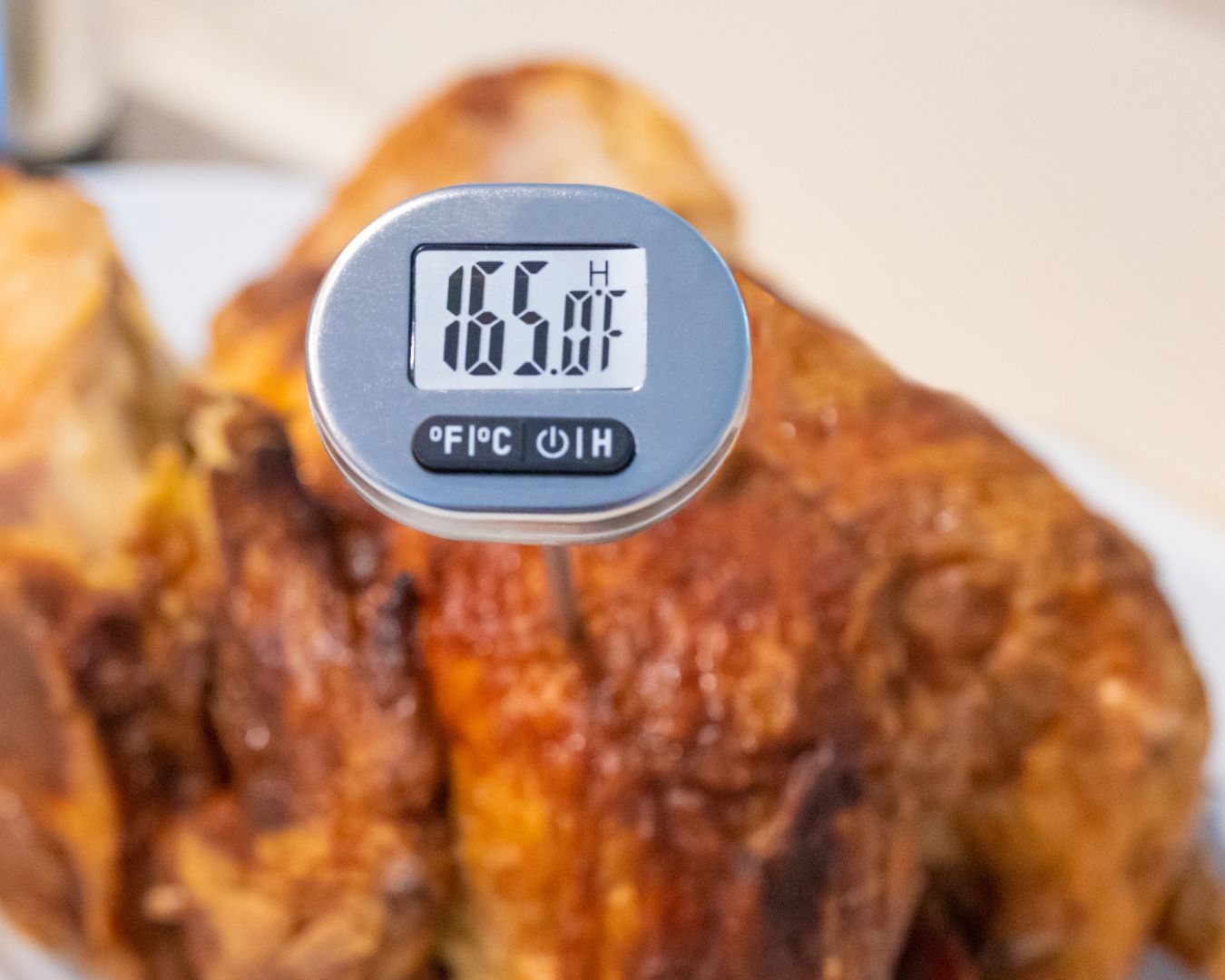Mushroom and Spinach Stuffed Pork Tenderloin Recipe
Stuffed pork tenderloin is a delightful dish that combines the savory flavors of mushrooms and spinach with the tenderness of pork. This recipe is perfect for a special dinner or a cozy family meal, offering a gourmet experience that’s surprisingly easy to prepare. Follow these steps to create a mouthwatering Mushroom and Spinach Stuffed Pork Tenderloin that will impress your guests and delight your taste buds. Ingredients Procedure 1. Prepare the Pork Tenderloin 2. Prepare the Filling 3. Assemble the Tenderloin 4. Cook the Tenderloin 5. Serve This Mushroom and Spinach Stuffed Pork Tenderloin is a beautiful and delicious dish that combines earthy mushrooms, fresh spinach, and savory pork. It’s a versatile recipe that can be adapted to include your favorite ingredients and is sure to become a family favorite. Enjoy the delightful flavors and impressive presentation of this gourmet meal right at home!



